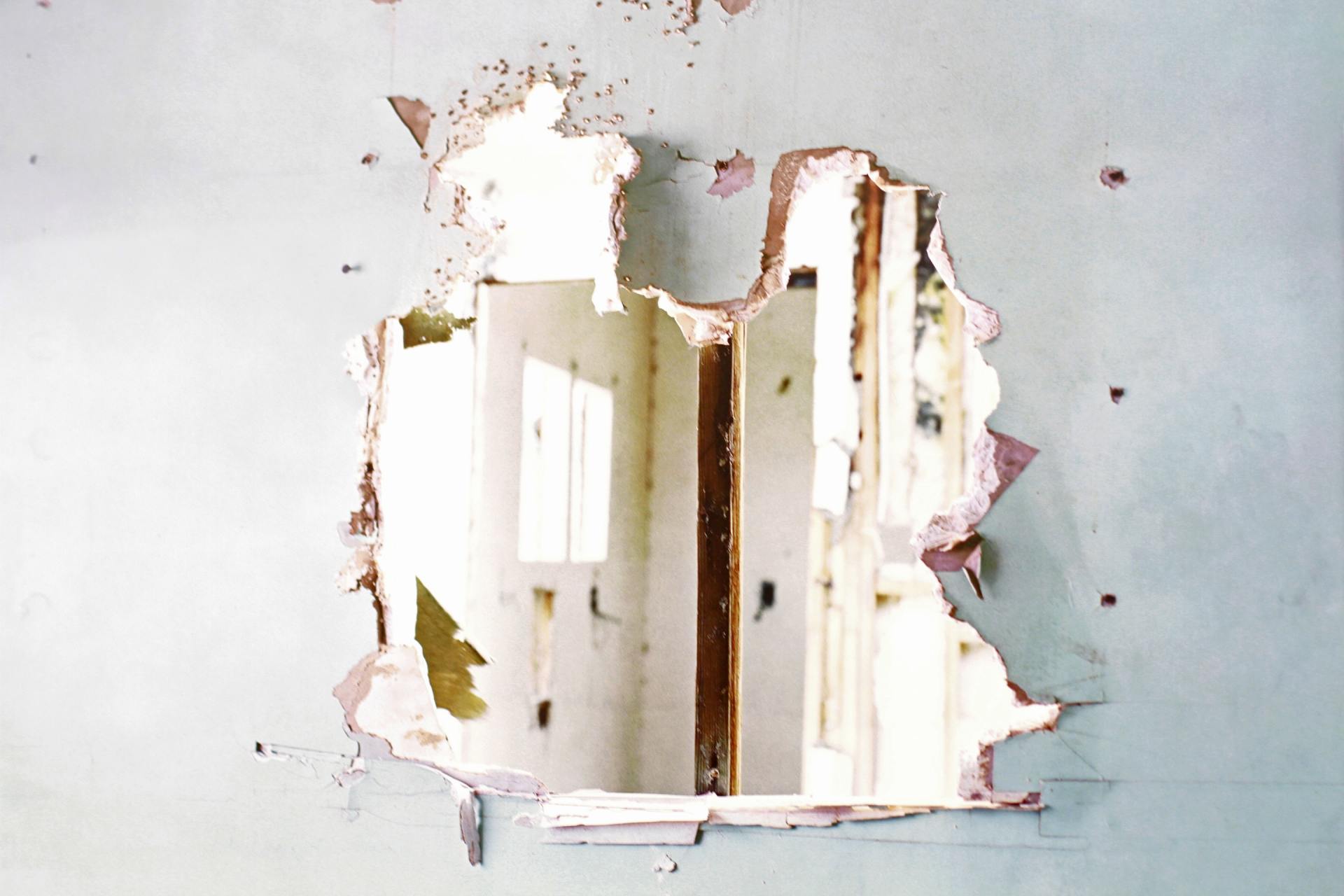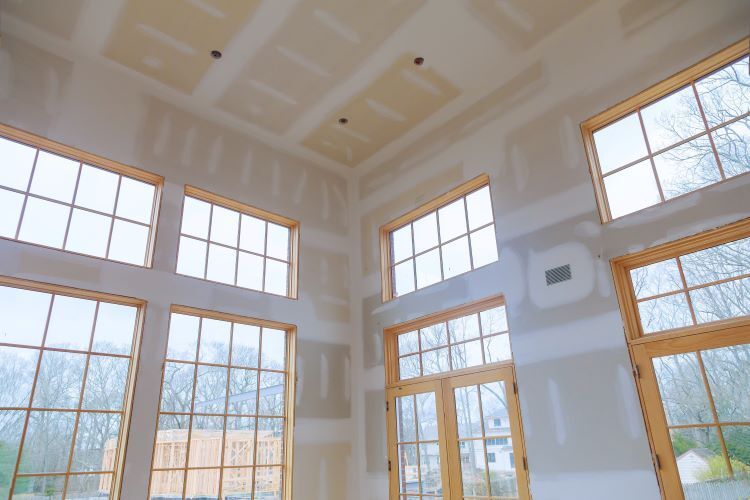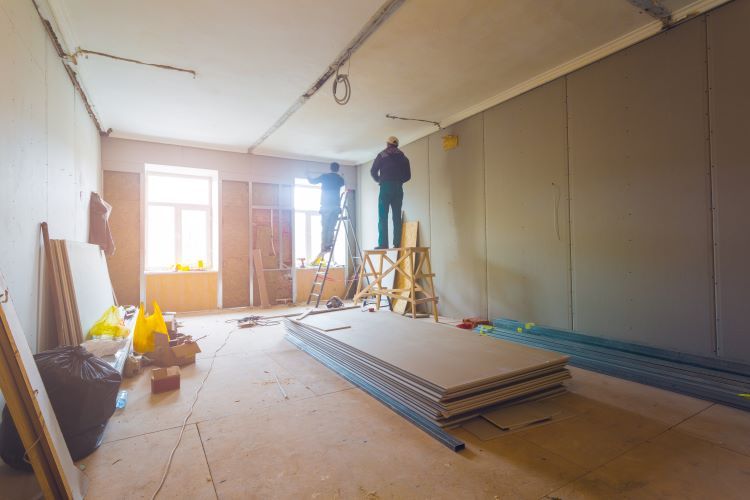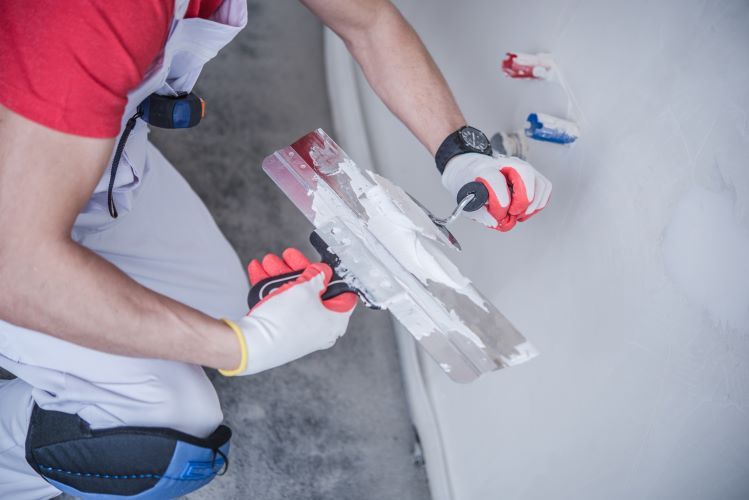Common Types of Drywall Damage

Drywall is a staple in modern construction, offering a smooth, durable surface that’s easy to install and maintain. However, like any material, drywall is susceptible to damage over time. At St. John's Drywallers, we understand the importance of maintaining the integrity and appearance of your walls and ceilings. Here, we’ll discuss the most common types of drywall damage and how to address them.
1. Cracks
Causes:
- Structural Shifts: As buildings settle, small shifts can cause cracks to form in the drywall.
- Temperature and Humidity Changes: Fluctuations can cause expansion and contraction, leading to cracks.
- Improper Installation: Incorrect taping and mudding techniques can also result in cracking over time.
Solutions:
- Small Cracks: Can usually be repaired with a bit of drywall compound and sanding.
- Large Cracks: May indicate a structural issue and require professional evaluation and repair.
2. Holes
Causes:
- Accidental Damage: Moving furniture or doorknobs hitting the wall can create holes.
- Anchors and Nails: Removing screws or nails can leave behind unsightly holes.
Solutions:
- Small Holes: Can be patched with a bit of joint compound.
- Large Holes: Require a more involved repair process, including cutting out the damaged section and replacing it with a drywall patch.
3. Water Damage
Causes:
- Leaks: Plumbing issues or roof leaks can lead to water infiltration.
- Condensation: High humidity levels can cause condensation on the drywall surface.
Solutions:
- Address the Source: Fix the underlying water issue first.
- Repair or Replace: Depending on the extent of the damage, the drywall may need to be either thoroughly dried and repaired or entirely replaced.
4. Mold Growth
Causes:
- Moisture: Persistent dampness or leaks can lead to mold growth on drywall.
- Poor Ventilation: Areas with poor air circulation, such as basements, are particularly susceptible.
Solutions:
- Remove Mold: Clean the affected area with a mold-killing solution.
- Replace Drywall: In severe cases, the moldy drywall will need to be removed and replaced.
- Improve Ventilation: Ensure the area is properly ventilated to prevent future mold growth.
5. Nail and Screw Pops
Causes:
- Settling: As the house settles, nails and screws can pop out of the drywall.
- Improper Installation: If nails or screws were not properly set during installation, they can work their way out over time.
Solutions:
- Re-Secure Fasteners: Drive the nail or screw back in and cover with joint compound.
- Preventative Measures: Use drywall screws instead of nails to minimize the risk of future pops.
6. Scuffs and Dents
Causes:
- Everyday Use: Furniture, kids, pets, and general wear and tear can cause minor dents and scuffs.
Solutions:
- Minor Repairs: Small dents and scuffs can be easily repaired with a bit of joint compound and paint.
- Preventative Care: Adding corner guards or furniture bumpers can help prevent damage in high-traffic areas.
7. Bubbling and Blistering
Causes:
- Moisture: High humidity or water leaks can cause the drywall to bubble.
- Poor Mud Application: Incorrect application of joint compound can lead to blistering.
Solutions:
- Remove Bubbles: Scrape away the affected area and apply a new layer of joint compound.
- Ensure Proper Technique: Make sure joint compound is applied correctly to prevent blistering.
Conclusion
Understanding the common types of drywall damage and their causes can help you maintain the beauty and integrity of your walls and ceilings. Regular inspections and prompt repairs are key to preventing minor issues from becoming major problems. If you’re dealing with drywall damage, St. John's Drywallers is here to help.
Our team of professionals can assess the damage and provide high-quality repair and replacement services. Contact us today to ensure your drywall remains in top condition.
You might also like


